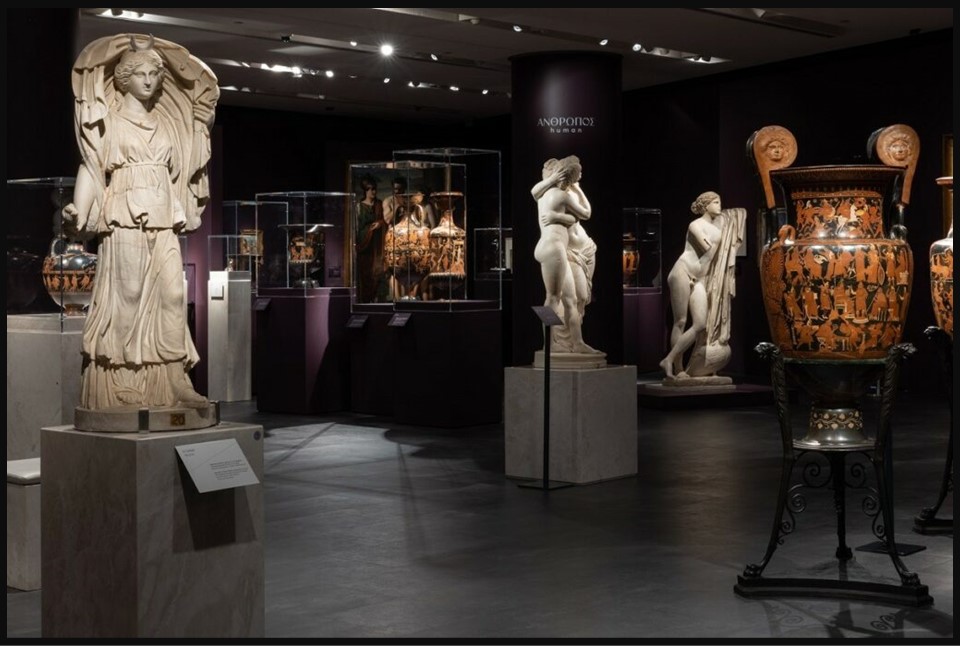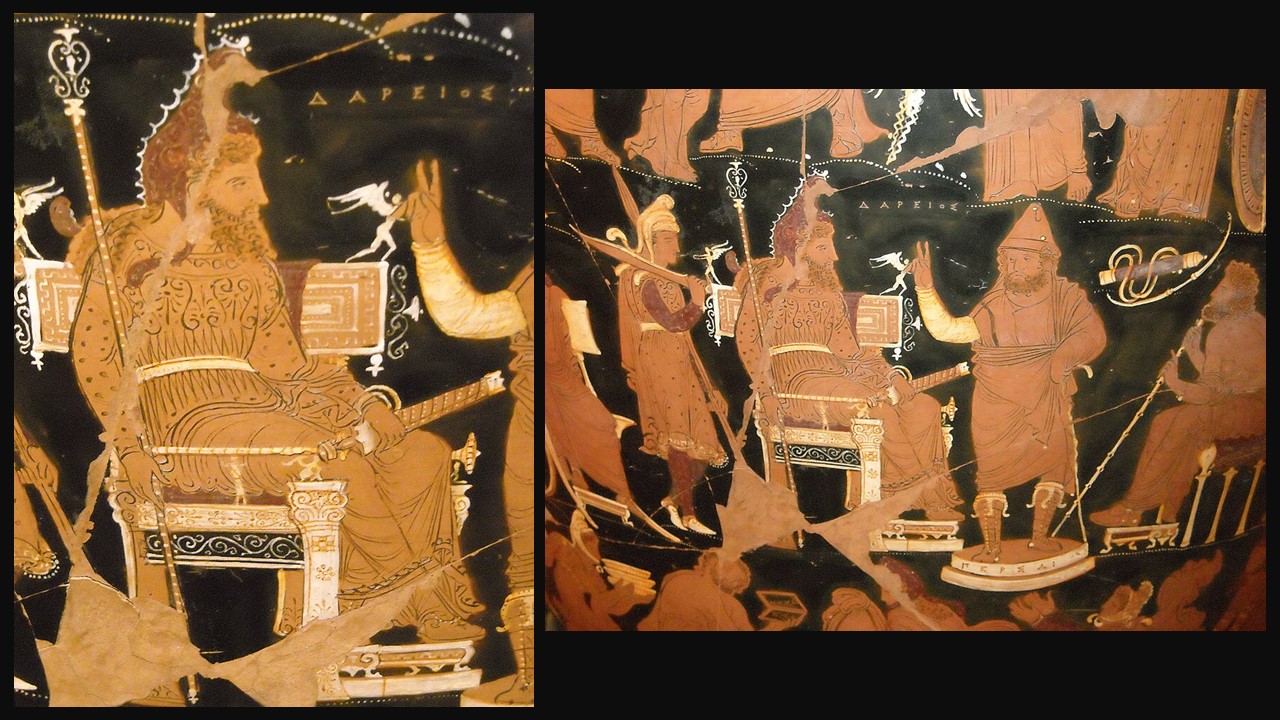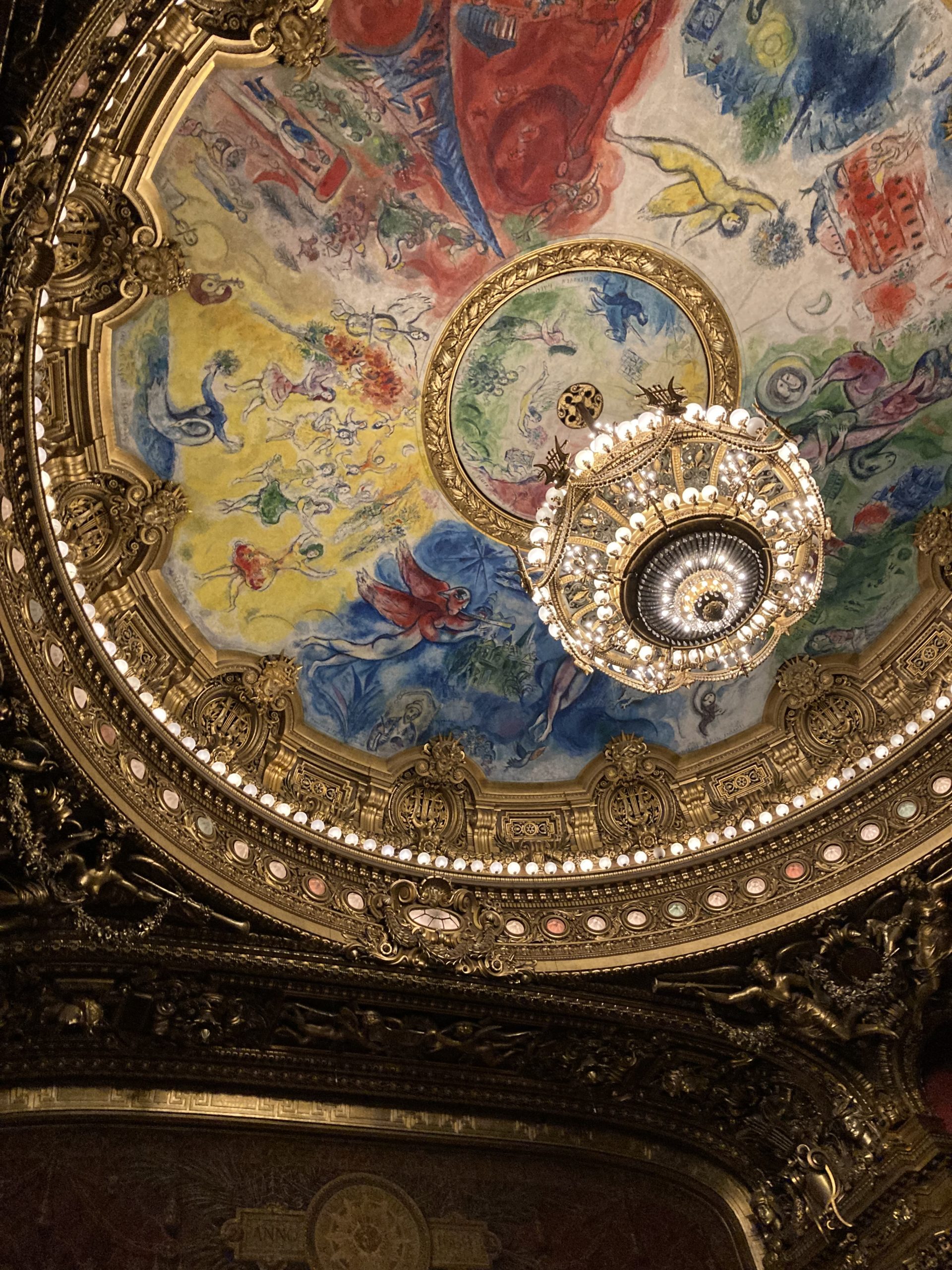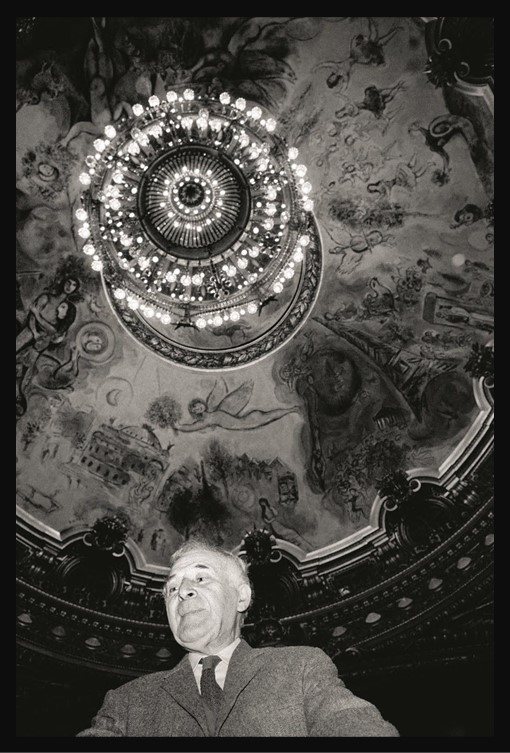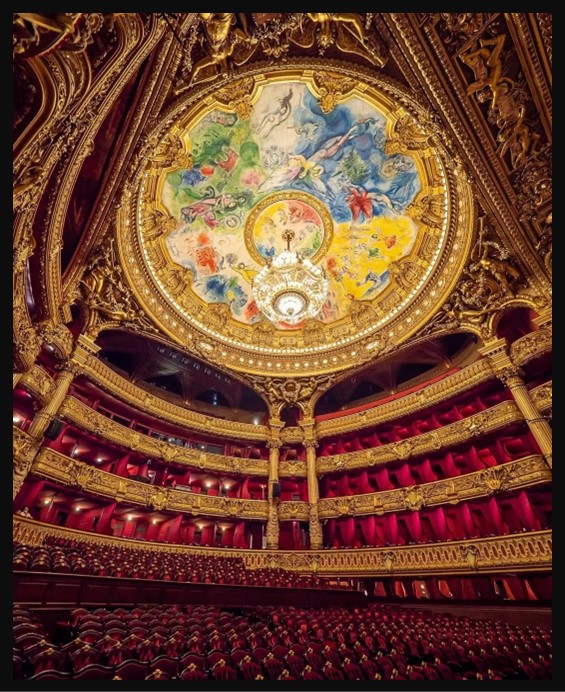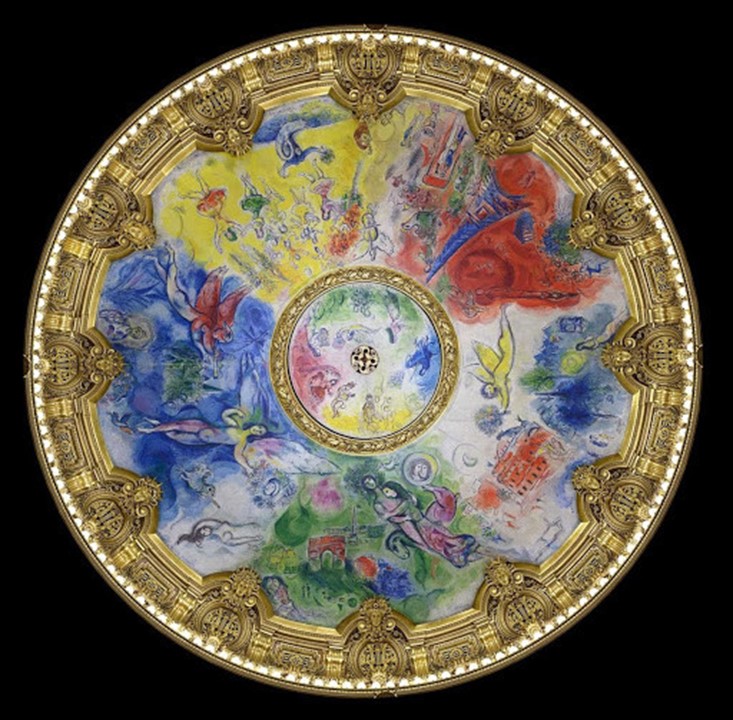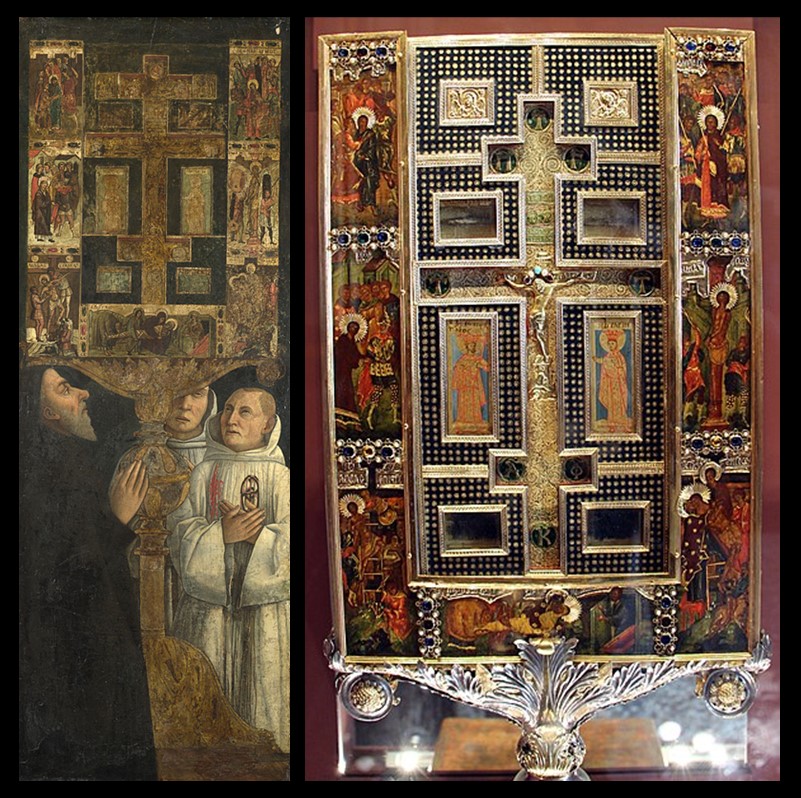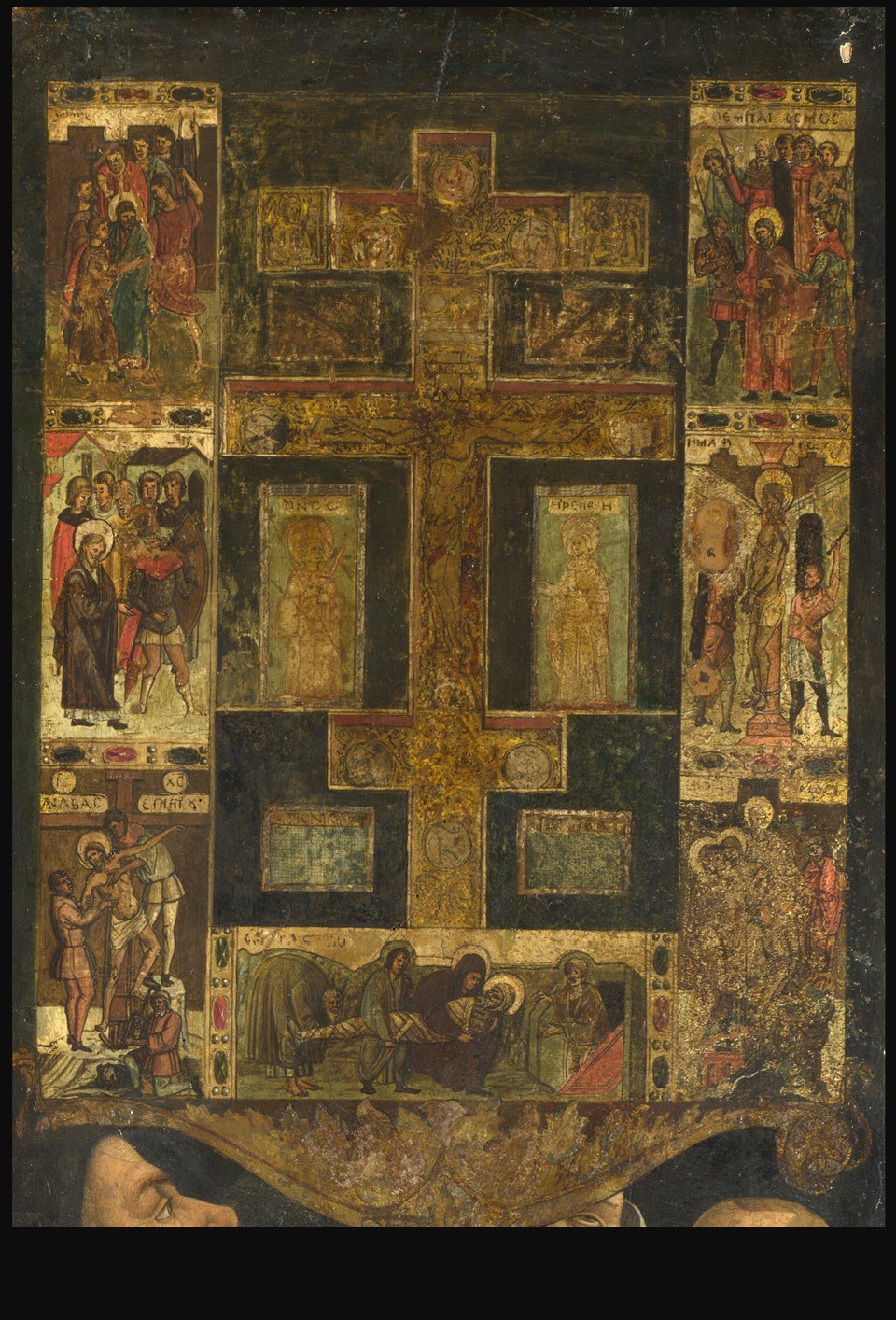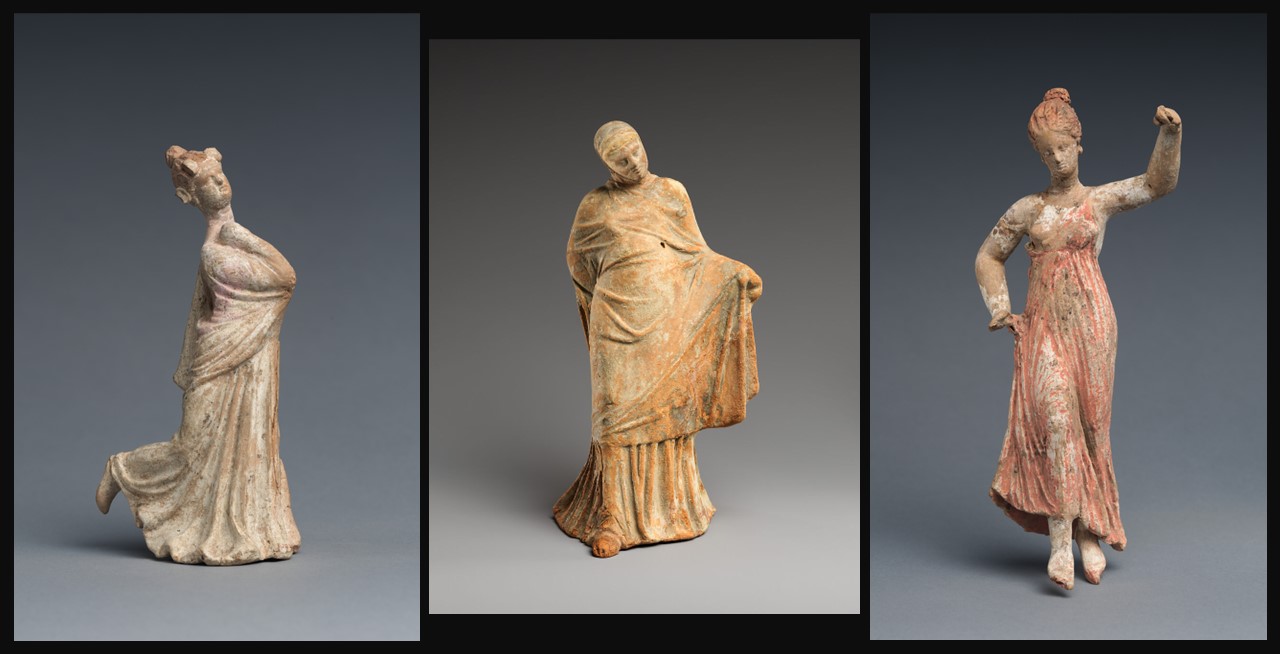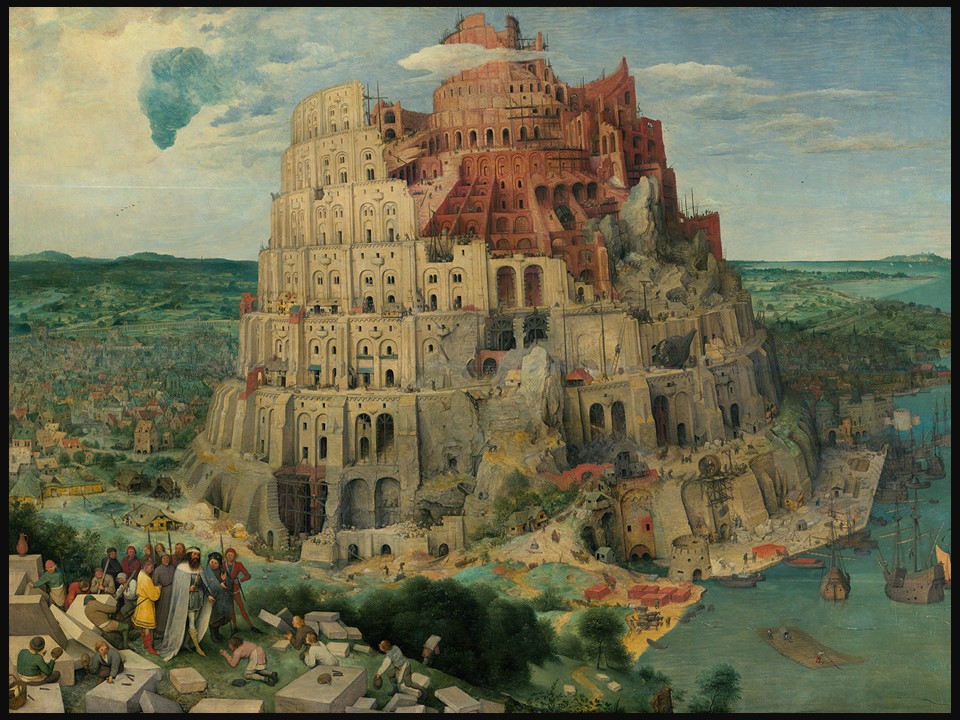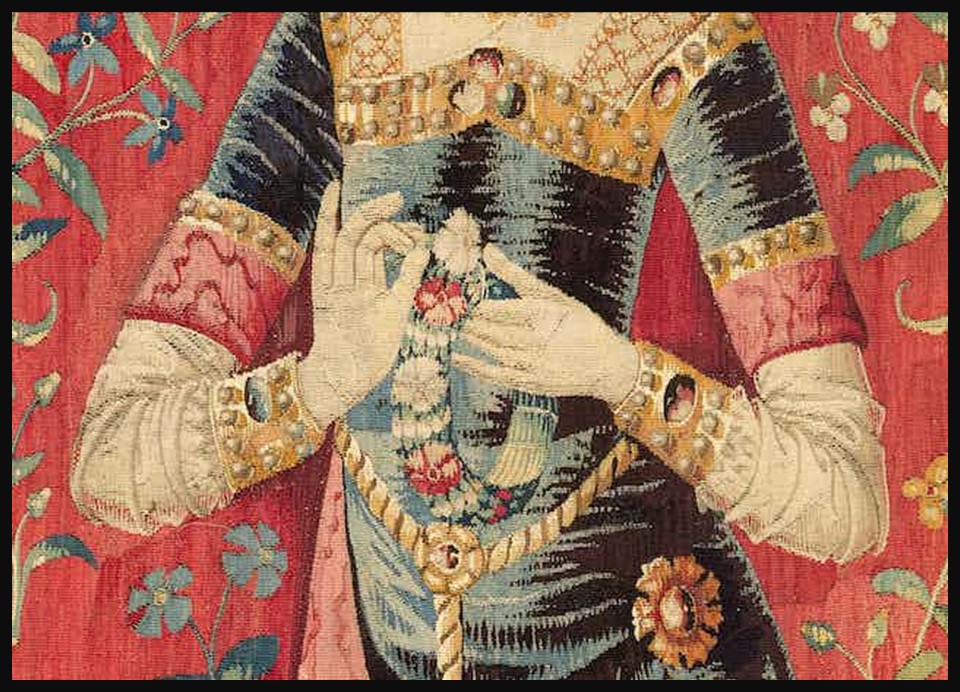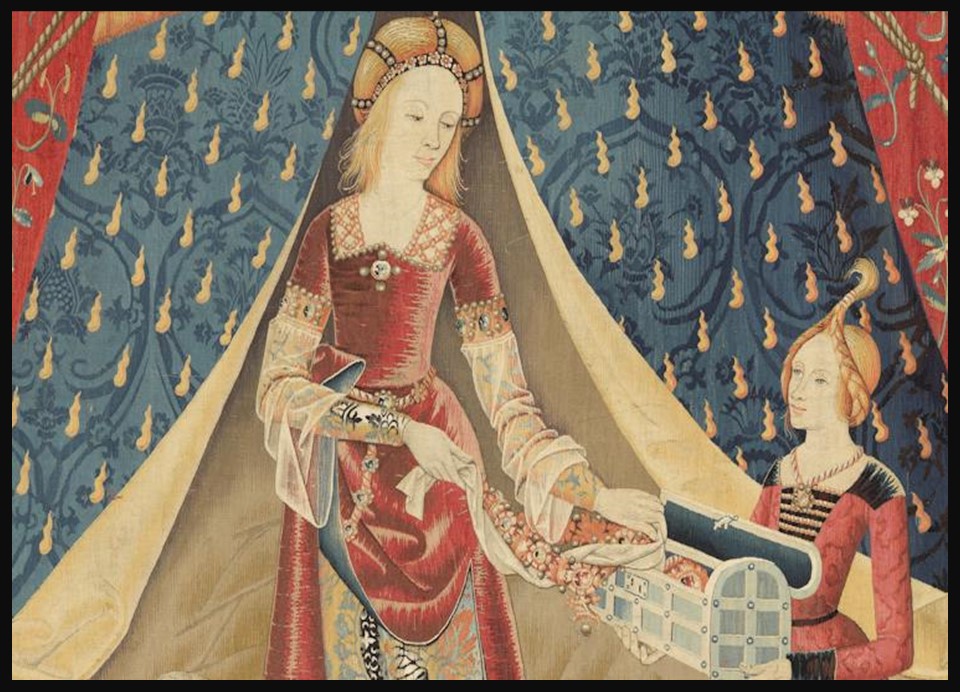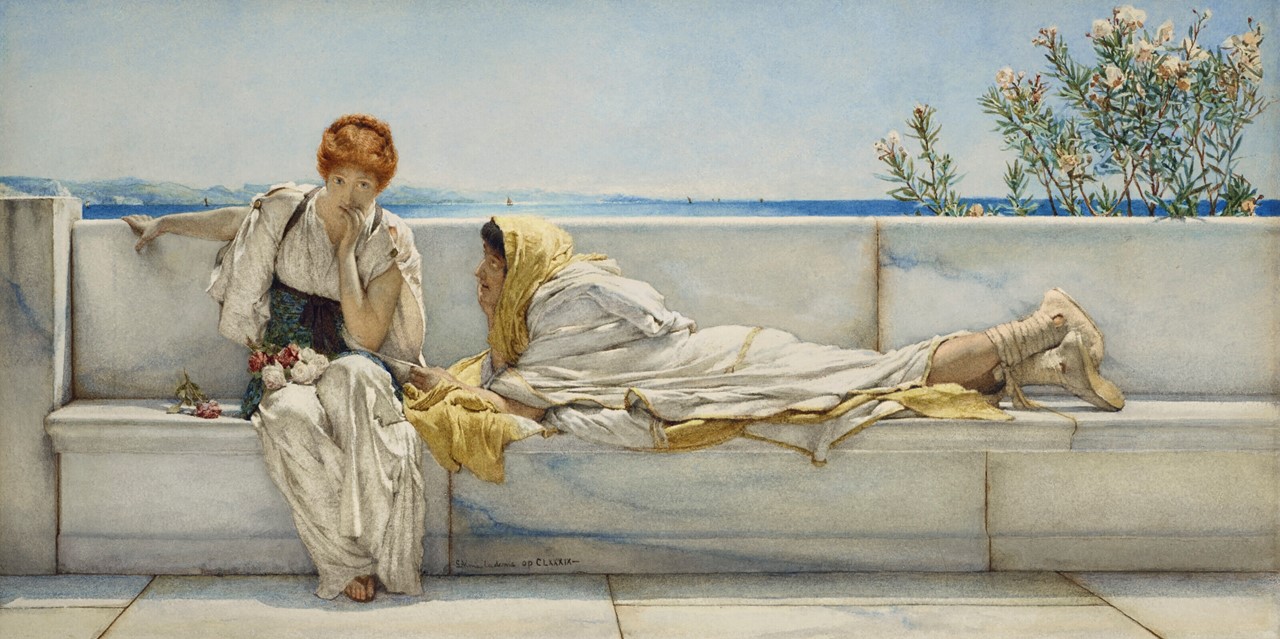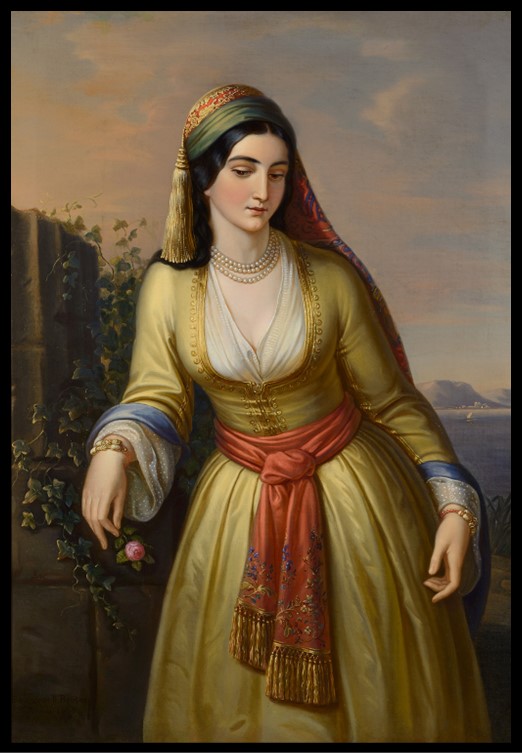
The Maid of Athens, 1860, oil on canvas, 97,5 x 71 cm, Anthony E. Comninos Foundation, Greece https://www.facebook.com/teloglion/photos/pcb.5776572499028058/5776566092362032
Maid of Athens, ere we part, / Give, oh give me back my heart! / Or, since that has left my breast, / Keep it now, and take the rest! / Hear my vow before I go, / Ζωή μου, σᾶς ἀγαπῶ. / By those tresses unconfined, / Wood by each Ægean wind; / By those lids whose jetty fringe / Kiss thy soft cheeks’ blooming tinge; / By those wild eyes like the roe, / Ζωή μου, σᾶς ἀγαπῶ. / By that lip I long to taste; / By that zone encircled waist; / By all the token-flowers that tell / What words can never speak so well; / By love’s alternate joy and woe. / Ζωή μου, σᾶς ἀγαπῶ. / Maid of Athens! I am gone: / Think of me, sweet! when alone. / Though I fly to Istambol, / Athens holds my heart and soul: / Can I cease to love thee? No! / Ζωή μου, σᾶς ἀγαπῶ. (Zoë mou, sas agapo – My Life, I love you)… wrote Lord Byron in 1810 while visiting Athens… https://allpoetry.com/Maid-Of-Athens,-Ere-We-Part
Lord Byron, the famous British poet, visited Greece in 1809-1810 as part of his Grand Tour of Europe and the Near East. He was motivated by a desire to explore the classical world and to see the ruins of antiquity. He was also interested in the politics of the region and was particularly intrigued by the ongoing struggles of the Greek people against Ottoman rule. Byron became a strong advocate of the Greek Struggle for Independence, donating money and resources to support the cause. His actions helped to raise awareness of the Greek cause and inspired other Europeans to support Greek independence as well. He is remembered as one of the most prominent philhellenes of the 19th century, the man whose influence on British public opinion helped the recognition of Greek independence by the British government.
Fascinated by the ancient Greek culture and history, Byron spent during 1810, several months in Athens, immersing himself in the local culture. Athens had a profound impact on his poetry, particularly in the creation of his epic poem Childe Harold’s Pilgrimage, which was published in 1812 and became a literary sensation. The poem is a reflection on the ruins of ancient Greece and the contemporary state of the country, which was still under Ottoman rule. Greece inspired him to write several other poems, such as The Curse of Minerva, The Isles of Greece, and The Siege of Corinth, all of which reflect his admiration for ancient Greece and its culture.
The Maid of Athens is a poem by Lord Byron, published in 1810. It is a tribute to a Greek girl named Teresa Makri, whom the poet met during his first, 1810, stay in Athens. The poem expresses the speaker’s admiration for Teresa’s beauty and spirit, and his regret at not being able to spend more time with her. The poem is known for its romantic and exotic imagery and its evocation of the beauty and mystery of Greece.
In 1860, Theodoros Vryzakis, a 19th-century Greek painter, known for his historical and patriotic canvases depicting scenes from the Greek War of Independence, painted The Maid of Athens, inspired by Byron’s famous poem.
According to the National Gallery of Greece citation… After his father was hanged by the Turks in 1821, Theodoros Vryzakis and his brother Euthymios were sent to the Capodistrias Orphanage on Aegina. In 1832, probably with the help of Ludwig Thiersch, a progressive educator in the Court of King Otto of Greece, he went to Munich where he studied at the Panhellenion, the Greek school founded by Ludwig I for the orphans of the veterans of the Greek War of Independence. In 1844, he was accepted by the Munich Academy of Fine Arts, and until 1855 continued on a scholarship financed by the Greek community in Munich. https://www.nationalgallery.gr/en/artist/vryzakis-theodoros/
From 1848 to 1851, still financed by the Greek community in Munich, Vryzakis returned to Greece for an extended visit. He aimed to study the landscape and the people of Greece so he could accurately depict them in his history paintings. Could the Maid of Athens be the result of such a study? I wish I could accurately say Yes or No!
Vryzakis’s painting of the Maid of Athens, a tribute to the famous Philhellene, Lord Byron, is characteristically executed in the artist’s classical romantic spirit. His style, clearly influenced by Neoclassicism, idealizes the girl’s features, emphasizing her dark hair and eyes. If the Maid of Athens is indeed Theresa Macri, the eldest daughter of Theodora Macri, the widow of a former English vice-consul, she is depicted as described by the artist, Hugh W. Williams, who visited Athens in May 1817… Theresa, the Maid of Athens, …has black, or dark hair and eyes; her visage is oval, and her complexion somewhat pale, with teeth of pearly whiteness. Her cheeks are rounded, her nose straight, rather inclined to aquiline. Her countenance, except when the conversation has something of mirth in it, may be said to be rather pensive. She is elegant, and her manners pleasing and lady-like, such as would be fascinating in any country… https://genius.com/Lord-byron-maid-of-athens-ere-we-part-annotated – Travels in Italy, Greece, etc., ii. 291, 292.
Celebrating the Greek Revolution of 1821 and remembering… people and events!
For a Student Activity, please… Check HERE! Lord Byron’s famous Poem Maid of Athens… is also the source of inspiration for a Melody by Charles Gounod… https://www.google.com/search?q=Maid+of+Athens+music+by+Gounod&rlz=1C1GGRV_enGR751GR751&oq=Maid+of+Athens+music+by+Gounod&aqs=chrome..69i57j33i160l3.20210j0j15&sourceid=chrome&ie=UTF-8#fpstate=ive&vld=cid:10334ca8,vid:FEwgmMo0l5c

